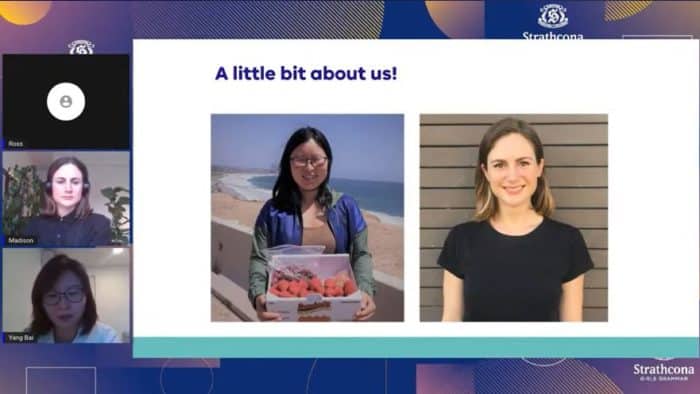Madison and Yang shared with us the stories of how they came to be urban planners and what was involved in their jobs. Both came from very different backgrounds into planning (one with experience in nutrition and air cabin crew and the other as an engineer with interests in data and special skills) and have different expertise in the field. They demonstrated that urban planning is a diverse career that can draw on a range of skills and, as Madison said, “no two days are alike”.
While both speakers work within the state Department of Environment, Land, Water and Planning (DELWP), they explained that opportunities also exist at the local government level and in the private sector. Lockdown has highlighted some of the problems with the urban planning on the fringes of our cities that has occurred in recent decades with its dependence on car transport – there is just nowhere to walk to. Inner city and suburban neighbourhoods provide many opportunities for people to access the shops and services they need on foot or bicycle. This is less so the case in “green field growth suburbs” on the fringe of the city. Going anywhere other than by car there can be “unappealing, uncomfortable or unsafe”. To improve liveability, the 20 minute neighbourhood aims to have most of people’s daily needs within a 20 minute return walk from home. They also mentioned that part of this concept includes being able to “age in place”, such as downsizing in retirement without needing to leave the area where they feel at home. Twenty-minute neighbourhoods would tend to be higher density with shops, schools, childcare, parks, medical services all within easy walking access.
Careers in urban planning can begin through either undergraduate degrees or masters degrees from a number of Victorian Universities. Madison and Yang provided a fascinating insight into their careers and the roles of urban planners, making us all think about what would make our city and our neighbourhoods better.
The next event is Visions for our Future, 4 November.


